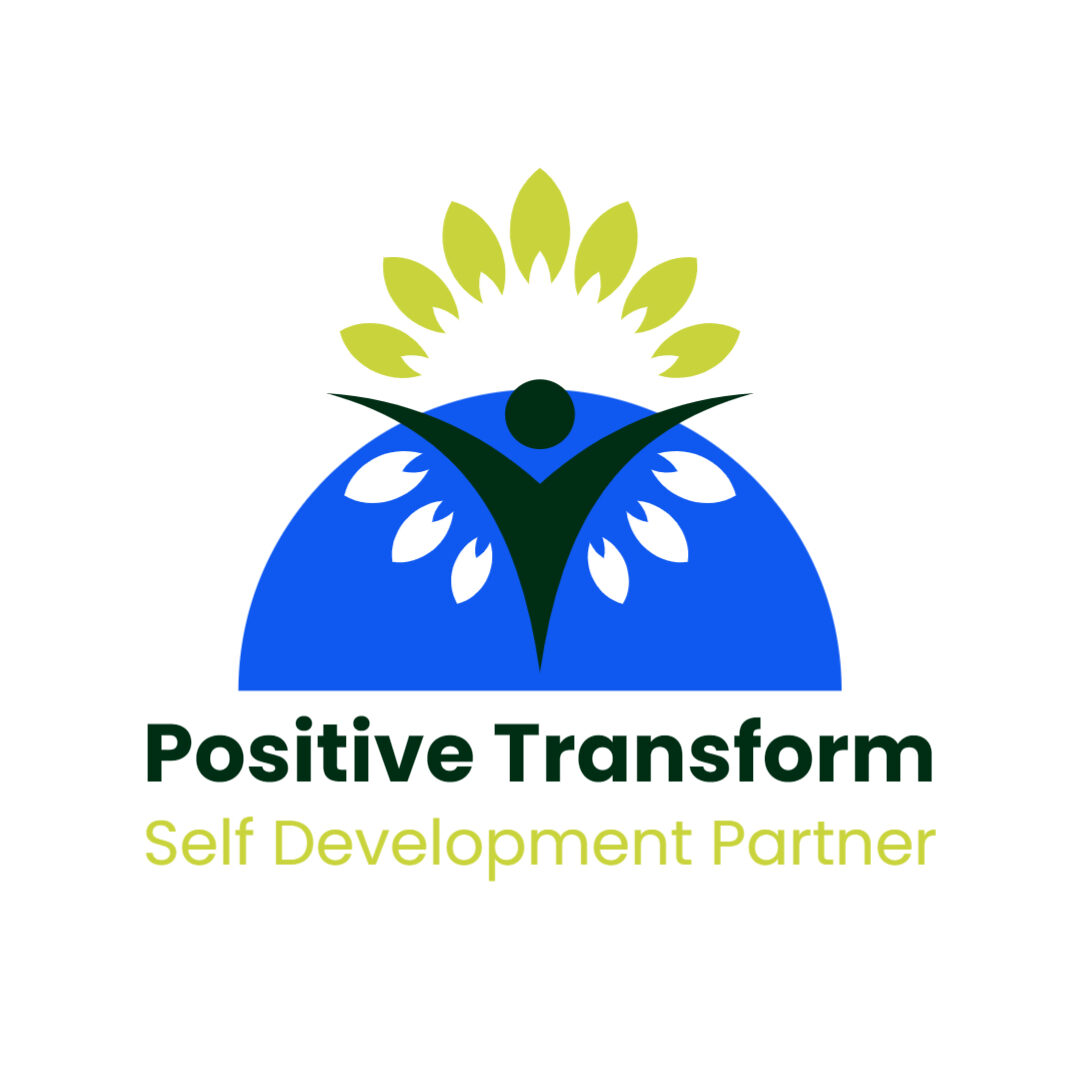What if you could significantly reduce your stress levels and enhance your overall well-being simply by changing the way you think? Mindfulness Based Stress Reduction (MBSR) offers you a powerful path to achieving a more peaceful and fulfilling life. This article takes a closer look at MBSR, its origins, and how you can easily incorporate it into your daily routine. So, let’s unpack what mindfulness is, how it relates to stress reduction, and the practical steps you can take to start your journey.

Understanding Mindfulness
At its core, mindfulness is the practice of being fully present in the moment. It involves paying attention to your thoughts, feelings, and surroundings without judgment. Imagine sitting quietly, allowing your thoughts to flow through your mind like leaves drifting past on a gentle stream. This awareness can drastically transform how you respond to the challenges in your life.
The Origins of Mindfulness
Mindfulness has roots in ancient meditation practices, especially in Buddhist traditions. However, it gained popularity in the West thanks to Dr. Jon Kabat-Zinn, who founded the Mindfulness Based Stress Reduction program at the University of Massachusetts in the late 1970s. His aim was to help patients manage the pain and stress related to chronic illnesses. Since then, MBSR has grown into a well-respected and researched method of reducing anxiety, stress, and even physical pain.
Why Mindfulness?
You might wonder, “Why should I practice mindfulness?” Besides being a trendy buzzword, mindfulness has numerous scientifically-backed benefits. It encourages you to slow down, helps you observe your thoughts and feelings impartially, and improves emotional regulation. By embracing mindfulness, you learn to respond to stressors more effectively, leading to healthier reactions and reduced anxiety.
The Mindfulness Based Stress Reduction Program
MBSR is an eight-week program designed to teach mindfulness meditation and strategies for reducing stress. The structure of the program typically includes weekly group sessions and daily home practices. This combination creates a supportive learning environment while encouraging self-discovery.
What You Can Expect from MBSR
During the MBSR program, you’ll engage in various mindfulness practices, including meditation, body scanning, and gentle yoga. You’ll also dive deep into discussions about your experiences and learn practical techniques to cope with stress effectively. Think of it as a toolkit filled with durable, easy-to-use items that you can pull from whenever life feels overwhelming.
Components of MBSR
Here are some key elements you’ll encounter in an MBSR program:
- Weekly Classes: You’ll join a group of fellow participants, each learning and sharing experiences.
- Home Practice: Daily exercises keep you connected to the practice and help it integrate into your life.
- Mindfulness Meditation: Guided sessions focusing on breath, body awareness, and observation of thoughts.
- Yoga: Gentle movements that promote body awareness and relaxation.
- Mindfulness in Daily Life: You’ll learn strategies to apply mindfulness outside of class.

Getting Started with Mindfulness Practice
Now that you understand what MBSR is, you might be wondering how to start incorporating mindfulness practices into your life right away. Let’s break it down into achievable steps.
Create a Dedicated Space
Your environment plays a significant role in your mindfulness practice. Create a specific spot in your home for mindfulness. It doesn’t have to be fancy; just find a comfortable, quiet area where you can sit, breathe, and be. Maybe it’s a cozy corner with a soft chair or a sunny patch on the floor – whatever works for you!
Set Aside Time
Mindfulness doesn’t require hours of your day. Begin with just a few minutes a day and gradually increase as you feel comfortable. Perhaps you can dedicate 5–10 minutes in the morning or evening to this practice. Consistency is key, so try to make it a daily habit.
Focus on Your Breath
A foundational element of mindfulness is breath awareness. You can start by simply paying attention to your natural inhalations and exhalations. Notice where you feel your breath most prominently – in your nose, your chest, or your belly. If your mind wanders, gently bring it back to your breath.
Practice Body Scanning
One effective exercise to explore is the body scan. Lie down or sit comfortably, and systematically observe each part of your body from head to toe. Pay attention to any feelings or sensations you notice without trying to change them. This practice enhances your awareness of physical tension, enabling you to release stress.
Try Mindful Walking
If you find sitting still challenging, consider mindful walking. As you walk, focus intently on the experience – the sensation of your feet touching the ground, the rhythm of your steps, the sounds around you. Walking mindfully can turn a mundane activity into a form of meditation.
The Benefits of Mindfulness Based Stress Reduction
You may be curious about how exactly MBSR can affect your life. When practiced regularly, mindfulness can have transformative effects on both your mental and physical well-being.
Reducing Stress and Anxiety
Research demonstrates that mindfulness practices significantly reduce stress and anxiety levels. By changing how you respond to stressful situations, you can experience a greater sense of calm and resilience.
Enhancing Focus and Attention
Mindfulness exercises hone your ability to concentrate. Instead of being pulled in multiple directions at once, you’ll learn to maintain focus and tune out distractions. This improvement in concentration is especially helpful in our fast-paced, modern world.
Improving Emotional Regulation
Practicing mindfulness encourages you to observe your emotions without judgment. Instead of reacting impulsively, you learn to respond thoughtfully, which can lead to healthier relationships and improved emotional well-being.
Boosting Physical Health
MBSR influences not just your mind—research has even linked mindfulness to physical health. Those practicing mindfulness may experience lower blood pressure, reduced chronic pain, and improved immune function.
Incorporating Mindfulness into Daily Life
Incorporating mindfulness into your daily life doesn’t have to be difficult. Here’s how you can seamlessly bring mindfulness practices into your routine.
Mindful Eating
Eating can be a wonderful opportunity to practice mindfulness. Instead of mindlessly munching, try focusing on each bite. Notice the flavors, the textures, and how your body feels as you eat. This not only enhances the experience but can also improve digestion and promote healthier eating habits.
Mindfulness Breaks
Throughout your day, set aside a few moments to pause and breathe. Whether you’re at work, home, or commuting, a brief mindfulness break can help center you and relieve tension. Take five deep breaths, focusing solely on your breath to clear your mind.
Mindful Listening
Practice being fully present when you interact with others. Rather than thinking about how to respond while they’re speaking, truly listen. Give your full attention, which can improve your relationships and make others feel valued.
Journaling Mindfully
Journaling is another powerful tool. Write down your thoughts without judgment, allowing your feelings to flow freely onto the page. This practice can provide clarity and help you process challenges in a healthy way.
Troubleshooting Common Mindfulness Challenges
If you encounter obstacles on your mindfulness journey, don’t worry! These challenges are common, and recognizing them is an essential part of growth.
Difficulty Staying Focused
If your mind races or wanders during practice, that’s entirely normal. Acknowledge these distractions without frustration. It’s part of the process. Simply return your focus to your breath or the task at hand.
Feeling Restless or Uncomfortable
Mindfulness may initially feel awkward, especially if you’re unused to sitting in stillness. Give yourself permission to adjust your position or even stand up if needed. It’s about finding what feels right for you.
High Expectations
Sometimes, setting high expectations can hinder your progress. Mindfulness is a process; celebrate each small step rather than aiming for perfection. Allow yourself the space to grow naturally.
Seeking Support
Don’t hesitate to seek support from courses, guided apps, or local mindfulness groups. Engaging with a community can bolster your practice and provide a network of encouragement and insight.
Conclusion
Integrating Mindfulness Based Stress Reduction into your life is a journey worth embarking on. By embracing mindfulness, you can cultivate a deeper awareness of your thoughts and feelings, leading to significant reductions in stress and enhanced well-being. The practices may seem small, but their cumulative effects on your life can be remarkable.
As you start this journey, remember to be patient and gentle with yourself. With each breath, each moment of awareness, you’re moving towards a more mindful existence. Make this commitment to yourself, and you might just discover a new level of peace and resilience that you didn’t know was possible. It’s time to breathe deeply, be present, and embrace the rich tapestry of life that mindfulness offers.

